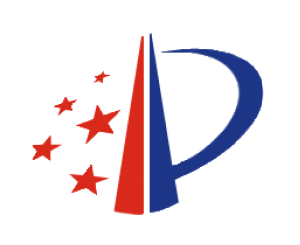Change in practice for Madrid marks
On 01/09/2014 the EUIPO published a change in practice in the Guidelines on International Marks. This change in practice will enter into force on 1st October 2014.
Why is there a change of practice?
On 19/06/2012 the Court delivered its ruling in Case C-307/10 “IP Translator” in which it stated that applicants seeking protection of a trade mark must identify the goods and services for which the trade mark is to be protected with sufficient clarity and precision to enable the competent authorities and economic operators, on that basis alone, to determine the extent of the protection conferred by the trade mark.
In order to align the practice of International Registrations designating the EU with direct filing CTMs, the Office has decided to use the possibility, under Article 4(1)b of the Madrid Protocol, of objecting to terms it considers too broad or too vague, and that lack clarity and precision.
What will be objected to?
All terms considered too broad or too vague, and lacking clarity and precision will be objected to.
A description of goods and services is sufficiently clear and precise when its scope of protection can be understood from its natural and usual meaning. If this scope of protection cannot be understood, sufficient clarity and precision may be achieved by identifying factors such as characteristics, purpose and/or identifiable market sector.
How can I avoid an objection?
Tools such as TMclass are available to determine whether the particular category of goods and services needs this further specification or not. TMClass is a harmonised database containing terms that will automatically be accepted for classification purposes. Using these pre-approved terms will facilitate a smoother trade mark registration process.
When does the change in practice come into force?
The change in practice will affect all International Registrations designating the EU notified by WIPO to the EUIPO on or after the 01/10/2014.
Where can I find more information?
Information on the change in practice can be found in the Guidelines for Examination in the Office for Harmonization in the Internal Market (Trade Marks and Designs) on Community Trade Marks, Part M, International marks. Information on Office practice on classification can be found in Part B, Section 3, Classification.





